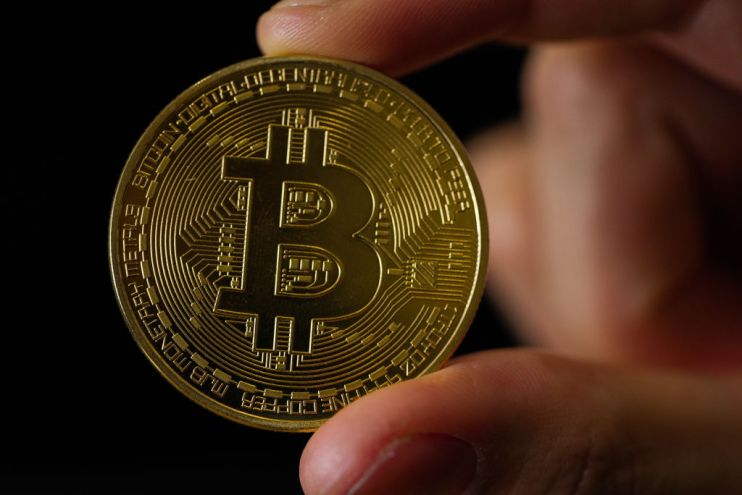Bitcoin buoyancy is driven by popular mass delusion but the madness will keep making money

In 1841, the journalist Charles Mackay published Extraordinary Popular Delusions and the Madness of Crowds, his masterpiece. In it, he chronicled the economic bubbles and mass delusions that have plagued mankind across the ages. “Men… go mad in herds,” he warned, “while they only recover their senses slowly, and one by one.”
The cryptocurrency Bitcoin is a mania worthy of Mackay. Nearly valueless just a decade ago, its price reached an all-time high of over £47,000 in April this year. While the price has now dropped to little more than half that, don’t be fooled. Much of the herd is still mad, and Bitcoin could remain irrationally valuable for a long while yet.
There can be little doubt that Bitcoin is madness. It is, after all, a currency that is barely used as one. In 2019, it was estimated that just 1.3 percent of Bitcoin transactions were made with retailers. Instead, the overwhelming majority of bitcoin use is speculative trade.
If Bitcoin isn’t a currency, then it must be an asset. But its volatility makes it a bad asset too. Other assets with limited real use are at least stable. Gold, for instance, has held its value for centuries. In the past two weeks alone, the value of bitcoin fell by nearly 40 percent.
But those who see this recent drop are wrong to write it off entirely. After all, a price of over £28,000 is still an awful lot of money for a single unit of digital currency. The first time bitcoin was ever used, 10,000 coins bought two, large pizzas. At today’s prices, those pizzas cost £130 million apiece.
Bitcoin will eventually collapse under the weight of its own absurdity, as all speculative assets have before it. But predicting when is a fool’s game. After all, as John Maynard Keynes famously warned those who try to pick the top of the market, “the market can stay irrational longer than you can stay solvent.”
There is, in truth, some rational underpinning to most speculative investing. It is called, gloriously, the “greater fool theory.” Many speculators don’t really believe that the stock they have purchased is worth its current valuation. Instead, they think that there is someone out there foolish enough to buy it off them at its overinflated price. The speculator might be a fool, but they invest on the assumption that there is a greater fool out there than them.
Bitcoin investors do the same, of course. They buy bitcoin because they think they can sell it to someone else, for a profit. But Bitcoin is different from most speculative stocks, because it is even more irrational than most speculation.
To many, Bitcoin’s appeal is not just pecuniary, it is political. To buy bitcoin is to raise two fingers to the financial establishment, because Bitcoin is currency freed from the grip of central banks and the financial elite. It is the financial manifestation of the anti-establishment politics of Trump and Brexit.
Bitcoin isn’t just speculation, it is also a statement of identity. If speculation sounds irrational, identity is less rational still. “Reason,” wrote the Enlightenment philosopher David Hume, “is slave to the passions.” As recent years have shown us, there are few passions stronger than a sense of our identity.
One day, Bitcoin enthusiasts will wake up to discover they were the greater fool, and that their coins are worth nothing at all. But you’d be foolish to try to guess when. The price of Bitcoin may have fallen, but the passions are still running high. As Mackay observed, we only come to our senses slowly. The extraordinary popular delusion that is the madness of bitcoin will last a while yet.